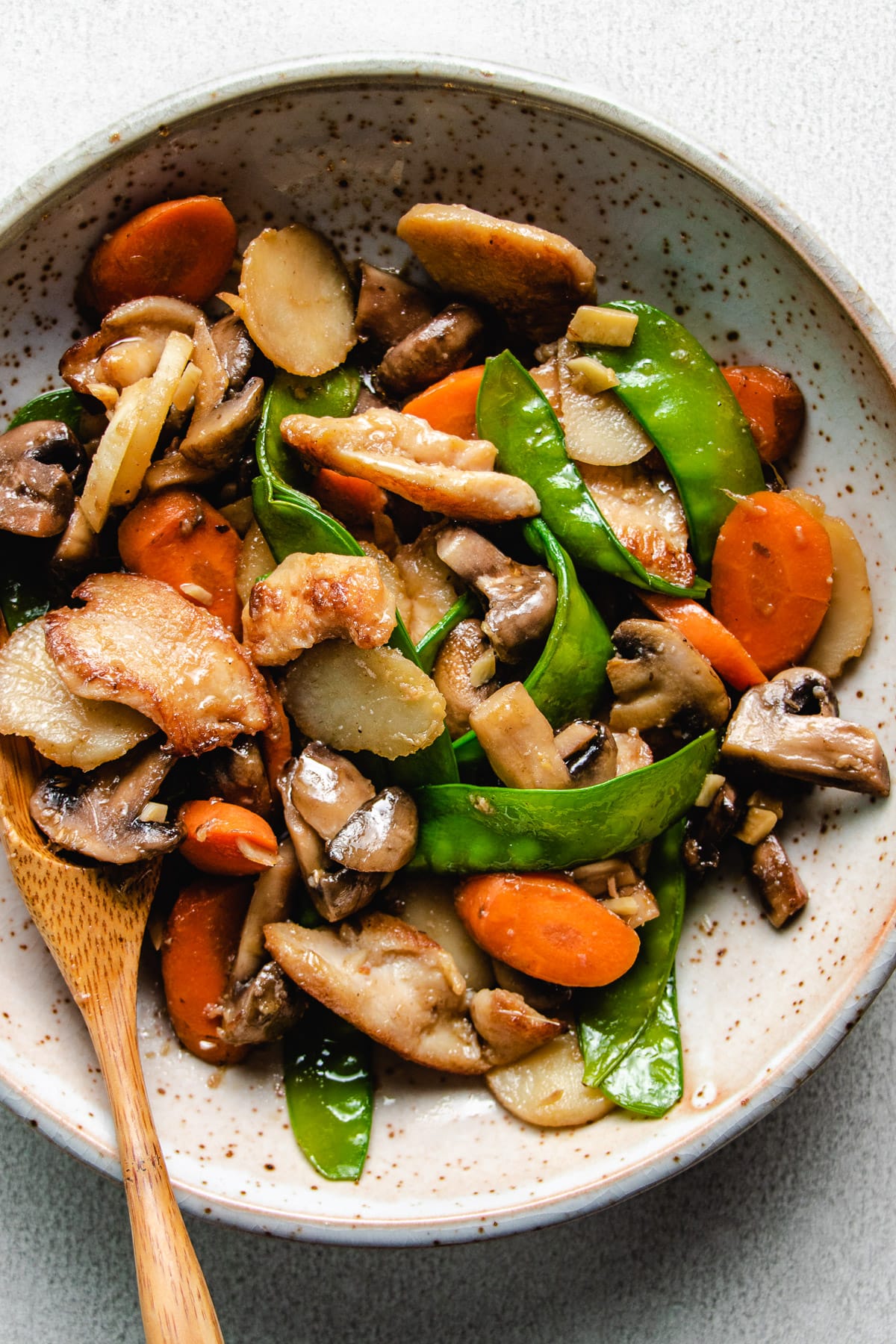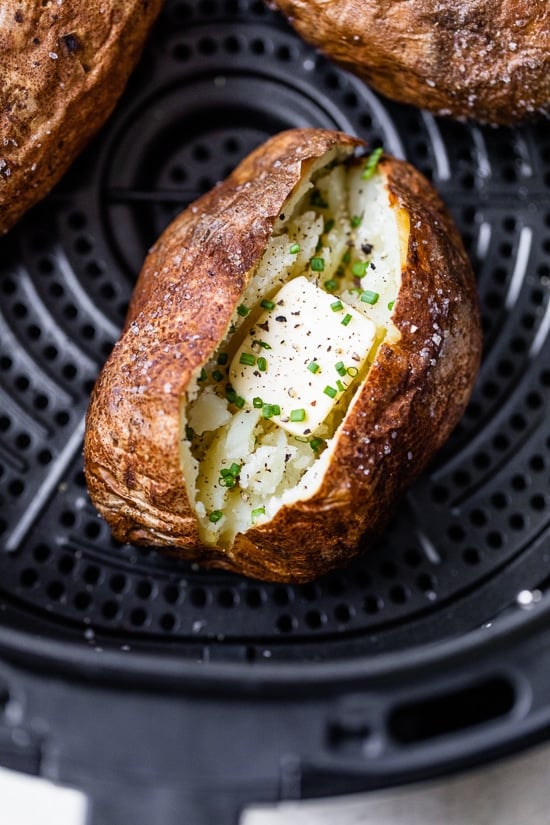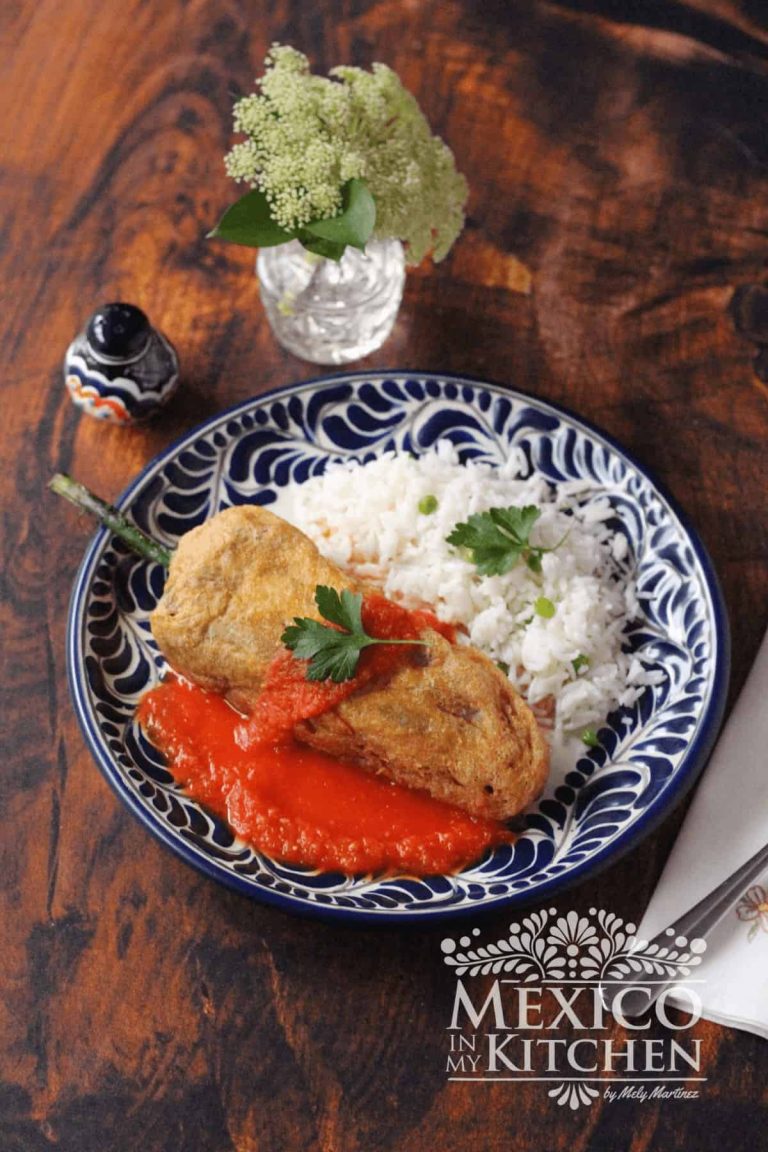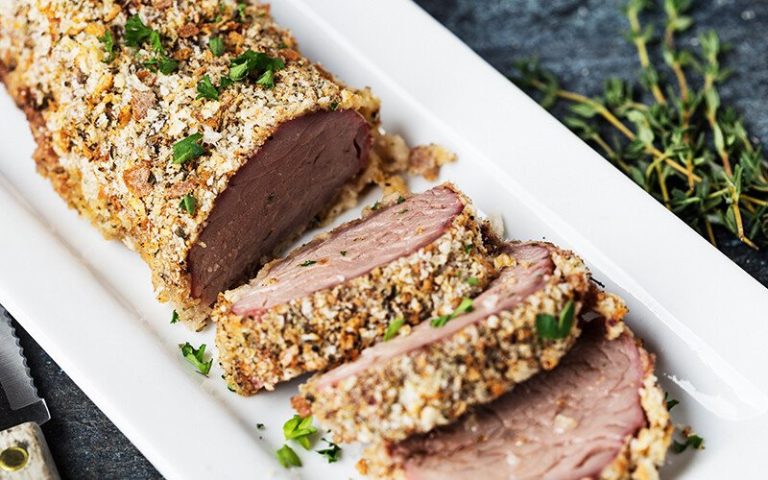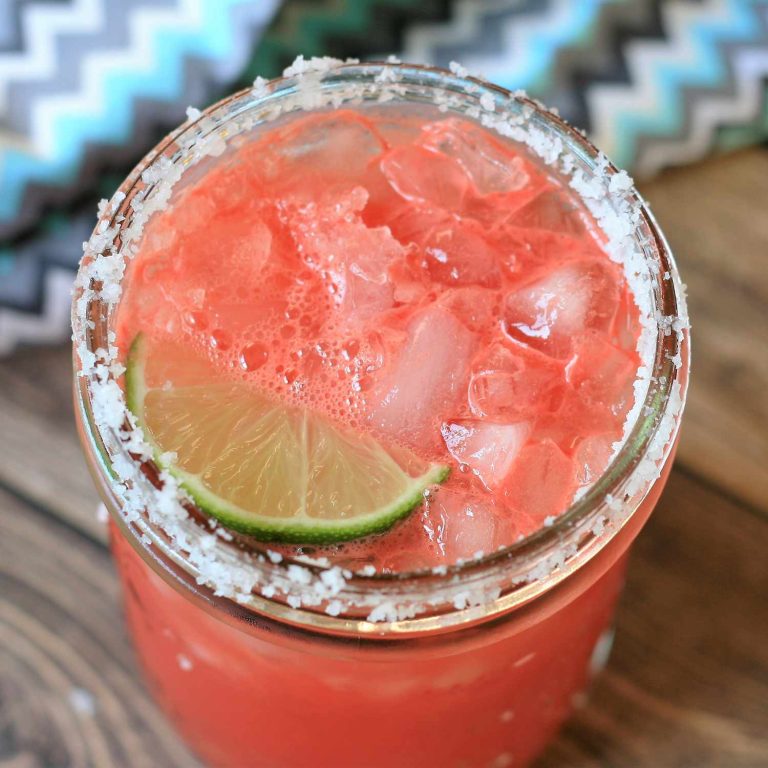Moo Goo Gai Pan: Classic Chinese-American Recipe, Variations, and Health Benefits
Moo Goo Gai Pan originated from Cantonese cuisine in southern China. The dish’s name translates to “mushroom chicken slices.” Traditionally, it involves a quick stir-fry technique. It’s popular in Chinese-American restaurants due to its light, savory taste and healthy ingredients, dating back to the mid-20th century when Chinese cuisine gained popularity in the United States.
Ingredients Typically Used
Common ingredients in Moo Goo Gai Pan include:
- Chicken: Thinly sliced, usually breast meat.
- Mushrooms: Often button or shiitake for distinct flavors.
- Vegetables: Snow peas, carrots, bamboo shoots, and water chestnuts for crunch and color.
- Sauce: Soy sauce, oyster sauce, and chicken broth creating a savory base.
- Aromatics: Garlic and ginger adding depth to the dish.
Each component combines to create Moo Goo Gai Pan’s signature light and flavorful profile.
Why Moo Goo Gai Pan Is Popular in American-Chinese Cuisine
Health Benefits
Moo Goo Gai Pan offers substantial health benefits. With ingredients like lean chicken breast and various vegetables (e.g., snow peas, carrots), it’s low in fat and high in essential nutrients. Chicken breast provides a significant source of protein, aiding muscle development. Vegetables supply fiber, vitamins, and minerals. The light sauce made from soy sauce, oyster sauce, and chicken broth adds flavor without excessive calories. If you’re looking for a nutritious meal, Moo Goo Gai Pan stands out for its combination of lean protein and wholesome vegetables.
Taste Profile
The taste profile of Moo Goo Gai Pan makes it distinct and appealing. The dish features a light, savory flavor that doesn’t overwhelm the palate. Chicken breast, when thinly sliced and quickly stir-fried, remains tender and pairs well with the subtle earthiness of mushrooms and the sweetness of carrots. Aromatics like garlic and ginger infuse the dish with a mild pungency and warmth. The sauce, a blend of soy sauce, oyster sauce, and chicken broth, enhances the dish’s natural flavors without overpowering them. This balance of flavors and textures contributes to Moo Goo Gai Pan’s popularity in American-Chinese cuisine.
How to Cook Moo Goo Gai Pan
Preparing the Ingredients
Start by gathering fresh, quality ingredients. Slice 1 pound of chicken breast into thin strips. Clean and slice 2 cups of mushrooms, like white button or shiitake. Chop 1 cup each of bell peppers, carrots, and snap peas for added crunch and color. Mince 3 cloves of garlic and 1 inch of ginger for aromatic depth. Mix 2 tablespoons of soy sauce, 1 tablespoon of oyster sauce, and 1 cup of chicken broth to make a savory sauce. Also, prepare 2 teaspoons of cornstarch mixed with 2 tablespoons of water to thicken the sauce later.
Cooking Techniques
Heat 2 tablespoons of vegetable oil in a large skillet or wok over medium-high heat. Add the chicken strips and stir-fry for 4-5 minutes until cooked through. Set the chicken aside. In the same skillet, add more oil if needed, then stir-fry the garlic and ginger for 30 seconds. Add mushrooms, bell peppers, carrots, and snap peas. Cook for 3-4 minutes until vegetables are tender but still crisp. Return the chicken to the skillet, pour in the sauce mixture, and bring to a simmer. Stir in the cornstarch slurry to thicken the sauce. Cook for another 2 minutes, stirring constantly, until the sauce coats all ingredients evenly. Serve hot over steamed rice.
Variations of Moo Goo Gai Pan
Regional Twists on the Recipe
Regional twists on Moo Goo Gai Pan showcase diverse ingredients and cooking styles. In some regions, chefs add bamboo shoots or baby corn to enhance texture. In flavor-rich areas, they use hoisin sauce or added spices to create a distinct taste. Seafood versions might replace chicken with shrimp or scallops, offering a coastal twist. Regional cuisines adapt Moo Goo Gai Pan by incorporating local vegetables and spices.
Vegan and Vegetarian Adaptations
Vegan and vegetarian adaptations of Moo Goo Gai Pan involve substituting chicken with plant-based proteins. Tofu, tempeh, or seitan replace chicken to maintain the dish’s hearty texture. Use vegetable broth instead of chicken broth to keep the sauce flavorful. Vegan oyster sauce or soy sauce provides the umami taste traditionally found in the dish. This adaptation ensures that even those avoiding meat can enjoy a delectable Moo Goo Gai Pan.
Conclusion
Moo Goo Gai Pan offers a delightful blend of flavors and textures that cater to a wide range of tastes and dietary preferences. Whether you’re a fan of traditional recipes or enjoy experimenting with modern variations, this dish provides a versatile canvas for culinary creativity. Its health benefits and delectable taste make it a staple in American-Chinese cuisine. By mastering the basic techniques and exploring different ingredient combinations, you can bring the essence of this classic dish to your table, satisfying both your palate and nutritional needs. Enjoy the journey of making Moo Goo Gai Pan a cherished part of your home-cooked meals.
